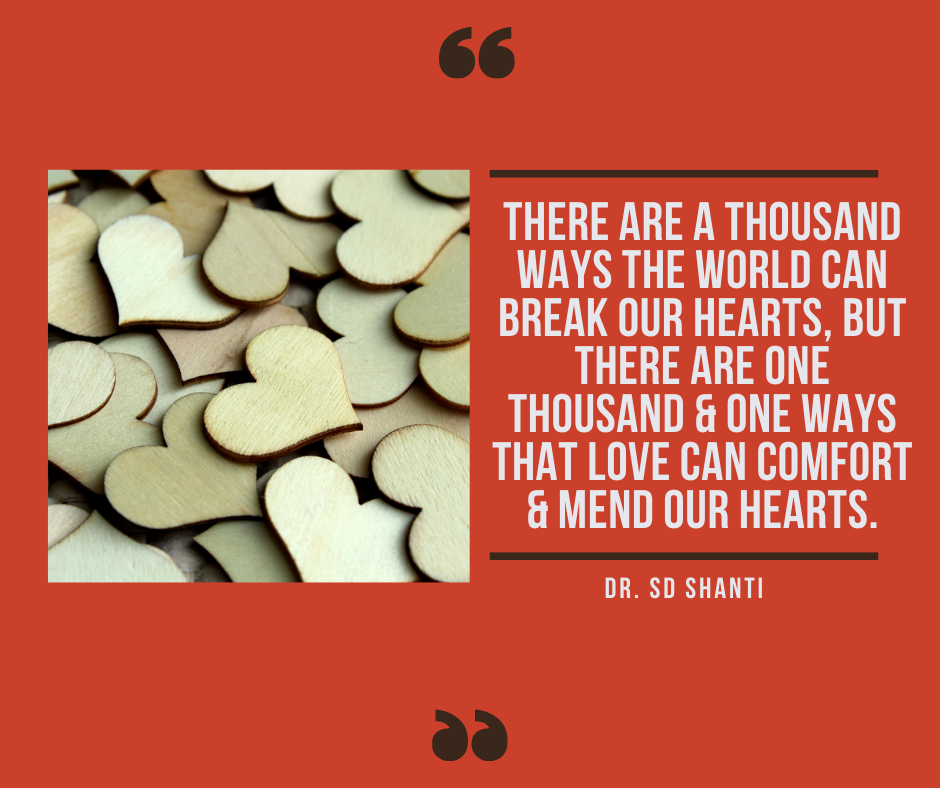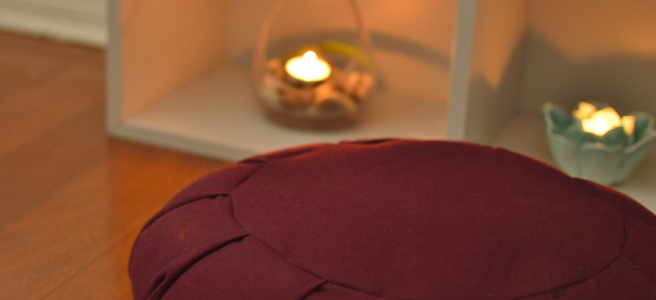Dr. SD Shanti
In many instances, historical events and health statistics represent the spectrum of human suffering: armed conflict, famine, health inequalities, poverty, epidemics, interpersonal violence, and so much more…
Yet, each of these events and each statistic is much more than simply a historical event or a well-measured data point. We are in fact, talking about humans experiencing major life-altering events that take their toll on people’s bodies, minds and souls.
Ultimately, human suffering remains a mystery, especially when painful events are senseless. Yet, in the face of this mystery, we are called to forge ahead, grounded in the faith that despite chaos and meaninglessness, life is also balanced by an innate organizing principle. Additionally, we have been given the capacity to transform meaninglessness into meaning.
Just look at how seeds sprout when planted in fertile soil and watered regularly. There is rhythmicity in the changing of seasons – spring always follows winter. Animals of many kinds devote energy and effort to caring for their young. People who have undergone traumatic events transform into advocates and activists to ensure that others won’t have to suffer as they did.
Right alongside the ubiquity of suffering, there is also the ubiquity of actions grounded in love and kindness. When lives are shattered, be they through illness, violence or a host of other ways, it is love, in its multitude of forms, that enables people to go on even when things seem impossibly difficult.
Just as we brush our teeth and take showers for our physical well-being, it is equally important to adopt a mental hygiene program that regularly takes inventory of all of the instances of love that surround us. Recognizing the goodness that surrounds us, despite tragedy and chaos, is what keeps our hearts hopeful and free of calluses.
I would like to share some examples of love in action that I have been privileged to witness in the past two weeks: a businessman in Maine visiting elderly people in nursing homes, comforting people with incurable illnesses; a university administrator in the midwest spending weekends empowering men so they can more effectively care for themselves and others; a businessman in Connecticut mentoring low-income youth in Asia, to pursue higher education; a woman in Switzerland and a man in Israel mobilizing people to collect and deliver humanitarian supplies to the Ukrainian border; and perhaps most poignant of all, a nine-year-old Swiss girl, upset by the events in Ukraine, offering her teddy-bears to children who lost theirs fleeing war.
I invite you to actively identify examples of love in action within your life. This is how we can gather evidence to make the case for hope, even in a seemingly hopeless world.
There are a thousand ways in which the world can break our hearts. But my dear friends, there are one thousand and one ways in which love can comfort, mend and possibly even heal our hearts. By keeping our eyes open and acknowledging the existence of love in its multitude of forms, we can keep the chaos and despair at bay.







